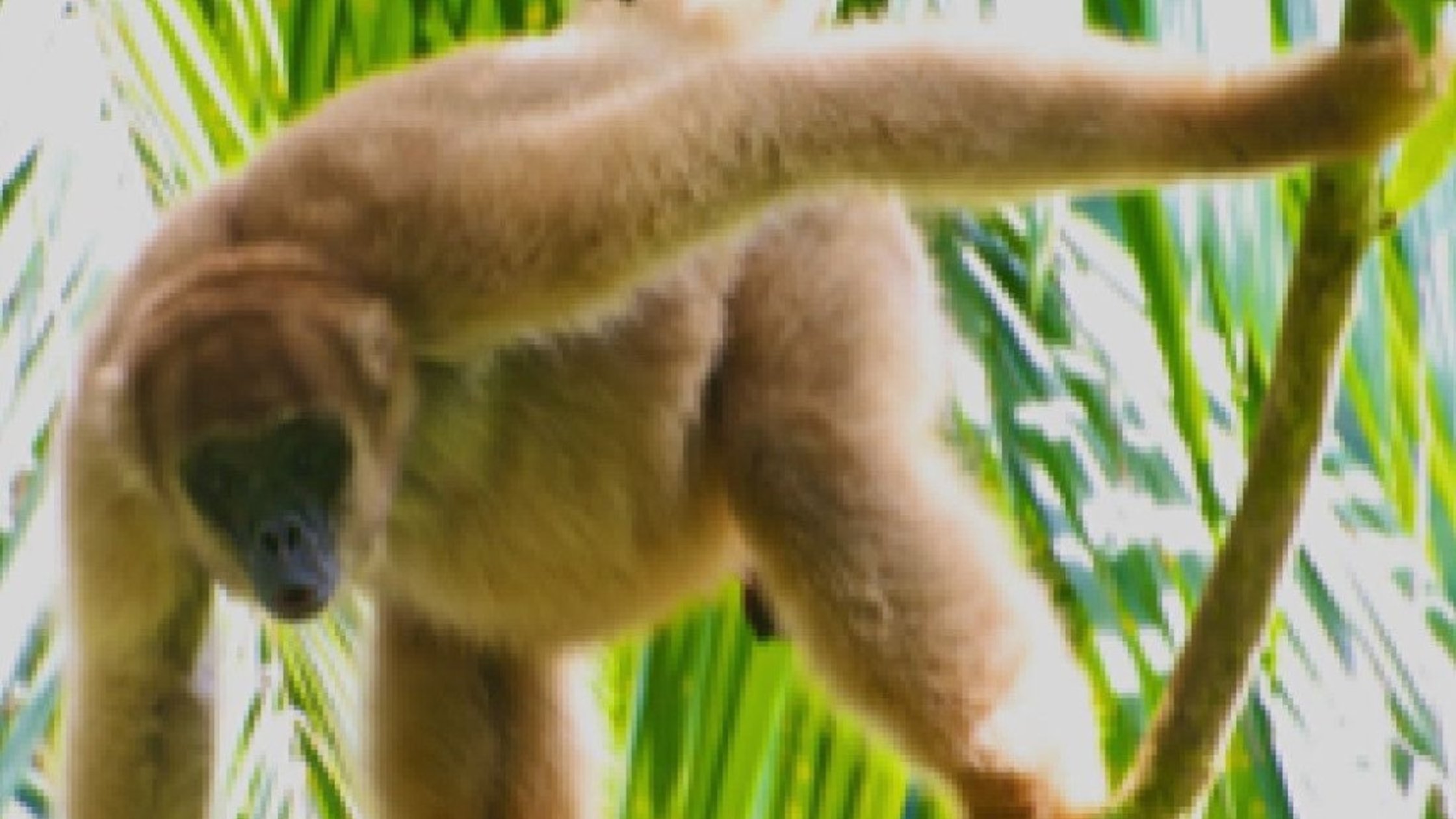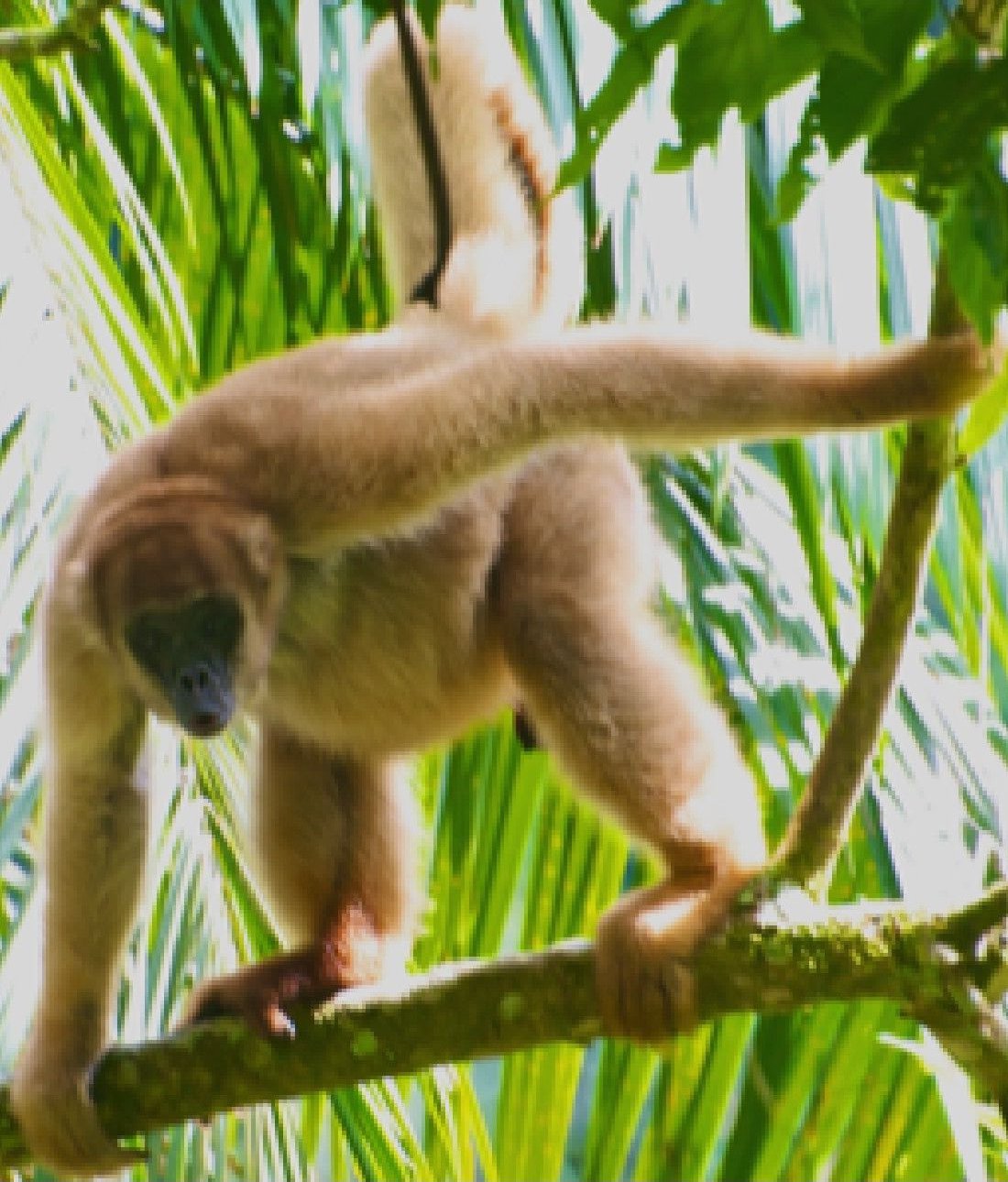Spreading seeds: Animals assist forest fruits
Dwindling numbers of a single mammal species involved in seed dispersal could change the nature of Brazilian Atlantic forests in far-reaching ways. A recent study in PLOS ONE examined the role of two fruit-eating species, tapirs and woolly spider monkeys, in dispersing seeds across tropical forests in southeastern Brazil. Together, the two species are responsible for spreading the seeds of over 300 plant species, and are thus important contributors to plant biodiversity.
The study found significant differences in the frequency and patterns with which the two species dispersed seeds. Woolly spider monkeys, or muriquis, dispersed 5 times more plant species and 13 times more seeds than tapirs living in the same area did. Tapirs dispersed fewer seeds and spread fewer numbers of plant species across the forest than the muriquis did. However, they also dispersed larger seeds than muriquis and moved the plants into sites not reached by the monkeys, such as large gaps in the forest and fragmented open areas nearby.
Tapirs and woolly spider monkeys are extensively hunted in tropical forests, including in the Brazilian Atlantic forests where only 12% of the original forest cover remains. Though both species share the ecological task of dispersing fruit seeds in the forests they live in, this study reveals how the two species contribute to maintaining plant diversity in unique ways.
Though previous research has suggested that species with similar diets may be able to compensate for each other’s roles in maintaining plant diversity, this new research demonstrates that these two large fruit-eaters play complementary rather than redundant roles as seed dispersers. A change in the population of either of these two species will change the way plants are distributed through the forest. Such a change is likely to have the greatest impact on plants with large seeds, for which muriquis and tapirs may be the last living seed dispersers.
Citation: Bueno RS, Guevara R, Ribeiro MC, Culot L, Bufalo FS, et al. (2013) Functional Redundancy and Complementarities of Seed Dispersal by the Last Neotropical Megafrugivores. PLoS ONE 8(2): e56252. doi:10.1371/journal.pone.0056252
Images: muriqui (top) and tapir (below) from the PLOS ONE paper


